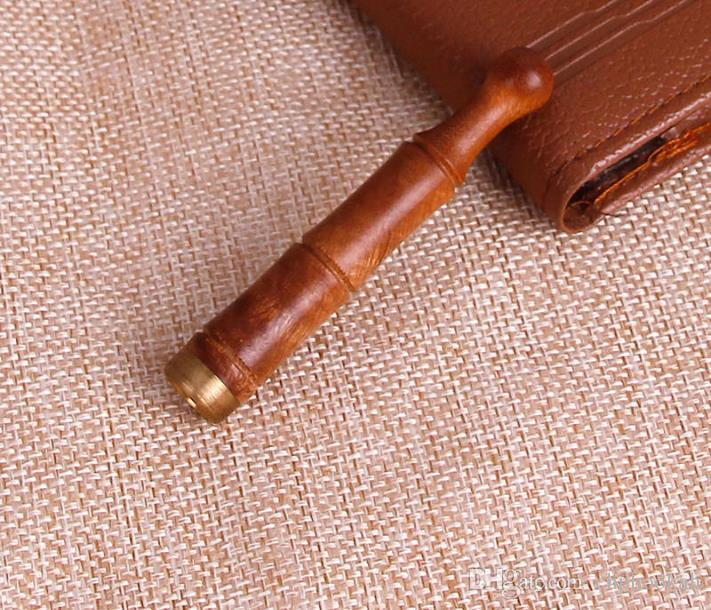
Pearwood is a reddish wood that is mainly used for the construction of instruments. But it can also be high quality furniture made from it. Pearwood is the most widespread in central and southern Europe, but also occurs in North Africa and the Near East, and even in Siberia. As it is economically more profitable to grow pear trees to harvest pears, almost no pear trees are planted for the purpose of harvesting wood. This circumstance makes pear wood very rare and sought after, which makes it very expensive. As a rule, the pear wood available in this country comes from pear trees, which can no longer be used for fruit cultivation. However, because the pear wood is a so-called domestic wood, it has a good environmental balance.
Appearance:
Pear wood is characterized by a uniform color. The color spectrum of pear wood ranges from yellowish shades to reddish hues. In particular, the reddish coloration can be very intense and is often intensified by the process of steaming. Due to an irregular course of the wood fibers, pear wood has a very interesting grain, which can range from a flame pattern to a tongue-shaped grain. The grain of pear wood is very bright and indistinct, but makes the patterns described optically all the more attractive.
Properties:
Just like oak or beech wood, pear wood is one of the heavy woods. Due to its fine structure, it is hard and difficult to split. Pear wood tends to deform and crack during drying. It also loses mass during the drying process. When dried, however, pear wood is then stable again and can be further processed without difficulty. Due to its susceptibility to insects and fungi whose infestations may discolor the wood, pear wood should not be used in unprotected areas. The surface of pear wood can be treated with common lacquers and glazes. Since pear wood is appreciated especially because of the particular grain and the intense color, usually transparent glazes or paints are used in the processing. Frequently, the method of damping is used, which can highlight the natural coloration.
Benefits of pear wood:
– Unique surface structure
– Very strong
– Good editing options
– Local wood, therefore good environmental balance
Disadvantages of pear wood:
– expensive
– Weather resistant
– Low availability
Use:
Due to the already mentioned, attractive surface structure, pear wood is excellently suitable for the production of noble furniture. Another important application for pearwood is instrument making. For example, pear wood is often used for the production of flutes or sections of stringed instruments. Also for high quality children’s toys and turned furniture legs pear wood is often used as a material.
 savillefurniture Interior Design Ideas
savillefurniture Interior Design Ideas